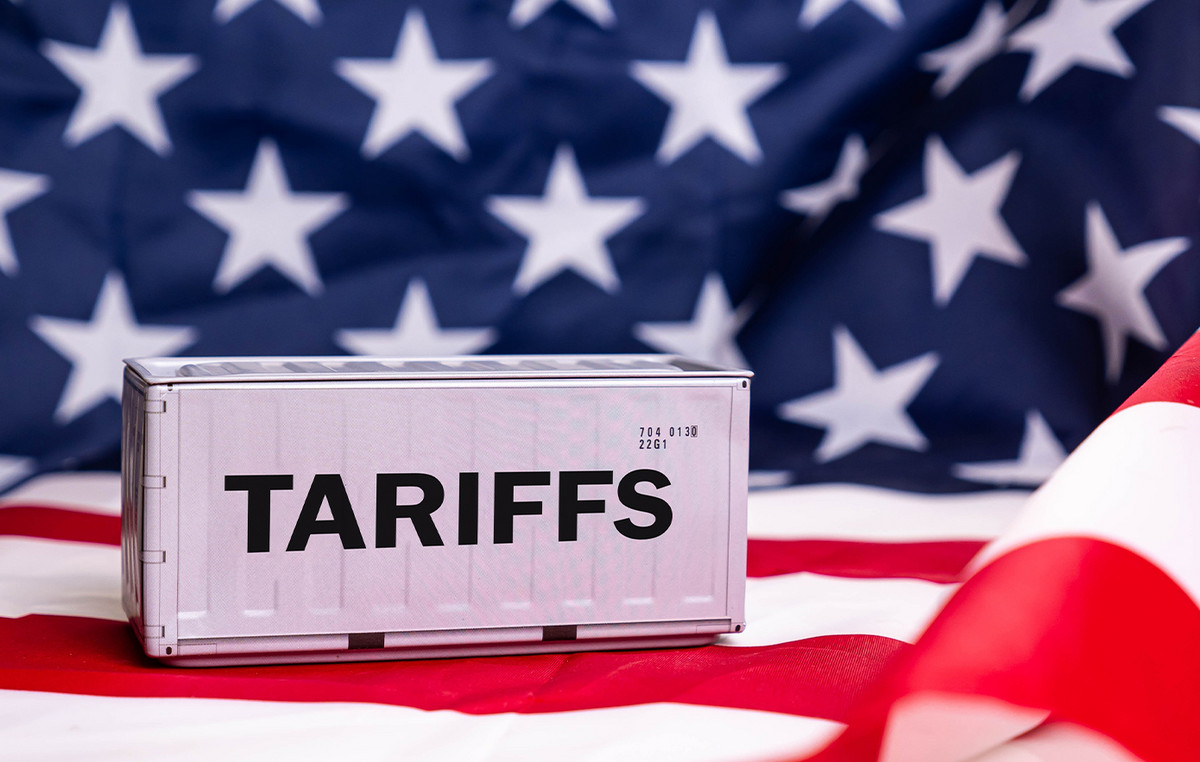- The sterling pound falls in front of its main peers on Wednesday after the publication of an IPC report of the United Kingdom colder than expected for February.
- Investors expect the Chancellor of the United Kingdom, Rachel Reeves, to announce moderate fiscal spending measures.
- Market participants will pay special attention to the US PCE data on Friday.
The sterling pound (GBP) faces selling pressure against its main peers on Wednesday. The British currency slides after the publication of the Consumer Price Index (CPI) of the United Kingdom for February, which showed that inflation cooled at a faster rate than expected.
The general CPI increased a 2.8% year -on -year (YOY) compared to estimates of 2.9% and the 3.0% increase seen in January. In the same period, the underlying IPC – which excludes volatile elements – rose 3.5%, compared to 3.6%expectations and the previous 3.7%publication. Monthly, the general CPI grew 0.4% after defaulting 0.1% in January, failing 0.5% estimates.
Inflation in the services sector, which is closely followed by the officials of the Bank of England (BOE), increased at a constant rhythm of 5%. Technically, soft inflation data leads operators to increase bets in favor of the BOE relaxed monetary policy. However, services inflation in the persistent United Kingdom could limit operators to go with everything for an interest rate cut by the BOE at the May policy meeting.
Investors are prepared for more volatility in the British currency, since the Treasury Chancellor of the United Kingdom, Rachel Reeves, is scheduled to deliver the spring statement in the House of Commons around 12:30 GMT. Reeves is expected to cut welfare spending, since it promised to avoid tax increases already depending on foreign financing only for investments. It is also expected to announce an increase of 2.2 billion pounds in defense spending amid the uncertainty about war in Ukraine, according to BBC News.
The setting of lower fiscal spending measures would be unfavorable for sterling pound, since a lower government expenditure results in moderate economic growth, which maintains contained inflationary pressures.
What moves the market today: the sterling pound weakens against the US dollar
- The sterling pound falls to about 1,2900 against the US dollar (USD) in the European session on Wednesday. The GBP/USD torque falls while the US dollar stabilizes despite the uncertainty about how the possible rates of President Donald Trump of April 2 will shape the economic perspectives of the United States (USA). The US dollar index (DXY), which tracks the value of the dollar against six main currencies, rises slightly to about 104.40.
- Market participants expect President Trump’s rate for a recession economy to expose a recession, along with a resurgence of inflationary pressures in the short term. On Monday, Trump reiterated the threats of revealing rates on April 2, but hinted that not all imminent rates will be imposed, since he could give “many countries” exceptions in the rates.
- Meanwhile, investors look for new clues about the monetary policy perspectives of the Federal Reserve (FED) for the rest of the year. In this sense, investors will focus on the data of the US Personal Consumption Expenditure Index (PCE) for February, which will be published on Friday. It is estimated that the underlying inflation of the US PCE, the inflation indicator preferred by the Fed, has grown by 2.7% year -on -year, compared to the increase of 2.6% seen in January.
- According to the CME Fedwatch tool, the Fed is sure of maintaining interest rates in the current range of 4.25% -4.50% at the May policy meeting, but there is a 65% probability that interest rates are lower in June.
Technical Analysis: The sterling pound struggles to maintain 1,2900
The sterling pound is slightly drawn about 1,2900 against the US dollar on Wednesday. The GBP/USD torque struggles to maintain the 61.8%fibonacci setback, drawn from the maximum of the end of September to the minimum of mid -January, in 1,2930.
The 20 -day exponential (EMA) mobile average about 1,2875 is expected to act as an important support zone for the bundles of the sterling pound.
The 14 -day relative force index (RSI) cools to about 60.00 after having been overwhelmed above 70.00. A new bullish impulse should arise if the RSI takes up its ascending trajectory after staying above 60.00.
Looking down, the 50% fibonacci setback in 1,2765 and the 38.2% fibonacci setback in 1,2610 will act as key support areas for the torque. On the positive side, the maximum of October 15, 1,3100 will act as a key resistance zone.
LIBRA ESTERLINA FAQS
The sterling pound (GBP) is the oldest currency in the world (886 AD) and the official currency of the United Kingdom. It is the fourth most commercialized currency exchange unit (FX) in the world, representing 12% of all transactions, with an average of $ 630 billion a day, according to data from 2022. Its key commercial peers are GBP/USD, which represents 11% of FX, GBP/JPY (3%) and EUR/GBP (2%). The sterling pound is issued by the Bank of England (BOE).
The most important factor that influences the value of sterling pound is the monetary policy decided by the Bank of England. The Bank of England bases its decisions itself has achieved its main objective of “price stability”: a constant inflation rate of around 2%. Its main tool to achieve this is the adjustment of interest rates. When inflation is too high, the Bank of England will try to control it by raising interest rates, which makes access to credit for people and companies more expensive. This is generally positive for sterling pound, since higher interest rates make the United Kingdom a more attractive place for global investors to invest their money. When inflation falls too much it is a sign that economic growth is slowing down. In this scenario, the Bank of England will consider lowering interest rates to reduce credit, so that companies will borrow more to invest in projects that generate growth.
Published data measure the health of the economy and can affect the value of sterling pound. Indicators such as GDP, manufacturing and services PMI and employment can influence the direction of the sterling pound.
Another important fact that is published and affects the pound sterling is the commercial balance. This indicator measures the difference between what a country earns with its exports and what you spend on imports during a given period. If a country produces highly demanded export products, its currency will benefit exclusively from the additional demand created by foreign buyers seeking to buy those goods. Therefore, a positive net trade balance strengthens a currency and vice versa in the case of a negative balance
Source: Fx Street
I am Joshua Winder, a senior-level journalist and editor at World Stock Market. I specialize in covering news related to the stock market and economic trends. With more than 8 years of experience in this field, I have become an expert in financial reporting.








